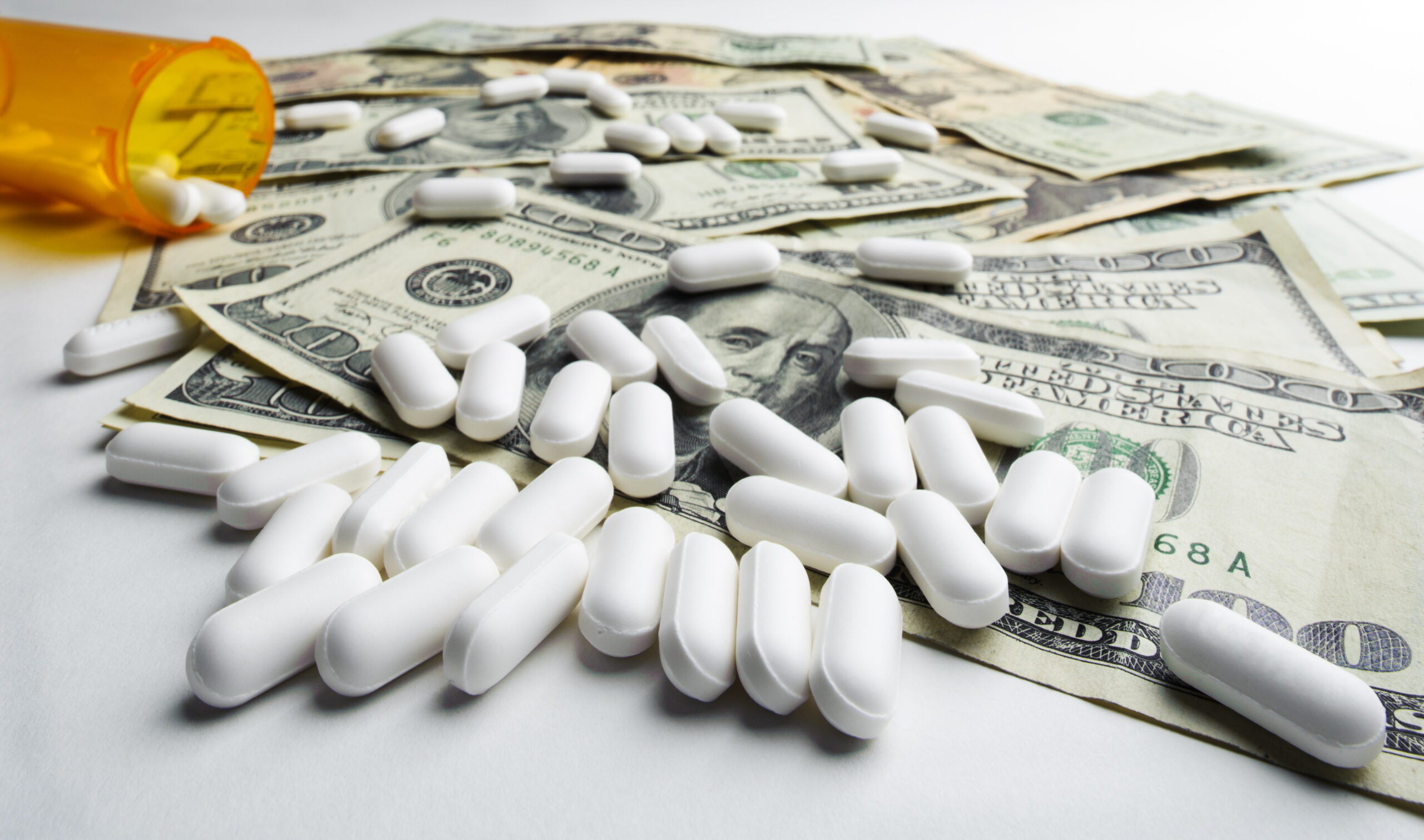© 2024 CSRXP- All Rights Reserved

BIG PHARMA WATCH: BIG PHARMA’S EGREGIOUS PRICING PRACTICES FORCE MORE THAN ONE MILLION AMERICANS TO RATION INSULIN DUE TO COST
Oct 20, 2022
The Problem with Insulin Affordability is the Price, Driven by “Shadow Pricing” Tactics from Brand Name Drug Companies
In case you missed it, a new study published in the Annals of Internal Medicine estimated that more than 1.3 million Americans, more than 16 percent of adults prescribed insulin, did not take the drug as prescribed due to cost.
The study, conducted by researchers at Harvard Medical School, City University of New York’s Hunter College, and the nonprofit consumer advocacy organization Public Citizen, also notes that between 2002 and 2013 the price of the drug tripled.
“This is very, very worrisome to doctors,” said Dr. Steffie Woolhandler, study author and professor at the City University of New York’s Hunter College, a lecturer in medicine at Harvard and a research associate at Public Citizen. “If people have poorly controlled diabetes … they end up with lots of complications and earlier death.”
The problem at the core of making insulin affordable is the price. For years, Big Pharma companies have engaged in a practice called “shadow pricing” to increase prices in lockstep across the insulin market — with minimal-to-no improved efficacy of the drug. Between 1996 and 2006, the price of insulin increased by 700 percent. And in 2016, the average price per month reached $450.
As a U.S. Senate Finance Committee report revealed last year, three companies – Novo Nordisk, Sanofi and Eli Lilly – control 99 percent of the marketplace and have worked in “lockstep” to limit competition and increase prices:
- Over The Past Decade, The Three Largest Manufacturers Of Insulin – Novo Nordisk, Sanofi And Eli Lilly – “Aggressively Raised The List Price Of Their Insulin Products Absent Significant Advances In The Efficacy Of The Drugs.” “Sanofi’s long-acting insulin pens, Lantus SoloStar, increased from $303 in 2014 to $404 in 2019. The WAC price of Novo Nordisk’s long-acting insulin pens, Levemir FlexTouch, increased from $303 in May 2014 to approximately $462 in January 2019, representing an increase of $159—or 52%— in a little more than five years. Eli Lilly’s rapid-acting insulin, Humalog 50-50 Kwikpen, had a WAC of $530 in 2017 compared to $323 in 2013—an increase of $207 or 64% in four years. Sanofi’s rapid acting insulin, Apidra Solostar, also increased—from $302 in 2014 to $521 in 2019— while Novo Nordisk’s rapid-acting insulin, Novolog FlexPen, rose from $324 in 2013 to $558 in 2018, representing a more than 70% WAC price hike for both companies during this time period.” (Staff Report, “Insulin: Examining The Factors Driving The Rising Cost Of A Century Old Drug,” United States Senate Finance Committee, 1/14/21)
- Sanofi Aggressively Increased Its List Price Between 2012 And 2014 In Response To Market Pressure And Competition. “From 2001 to 2012, Sanofi increased list price as much as 18% annually, raising its price from $34 to $131 by the end of 2012. However, in 2013 and 2014, Sanofi embarked on much more aggressive increases, nearly doubling the drug’s WAC to $248 by the end of 2014.” (Staff Report, “Insulin: Examining The Factors Driving The Rising Cost Of A Century Old Drug,” United States Senate Finance Committee, 1/14/21)
- “Novo Nordisk And Sanofi Not Only Closely Monitored The Others’ Price Increases, They Actually Increased Prices In Lockstep—Sometimes Within Hours Or Days Of Each Other—A Practice Known As ‘Shadow Pricing.’” “Rather than seeking to undercut its competitors’ pricing, from 2014 on Novo Nordisk engaged in a cat-and-mouse strategy of pricing that followed Sanofi’s price increases closely, sometimes mirroring them within days or even hours. In 2015, Novo Nordisk changed its pricing strategy in advance of launching Tresiba, its next generation basal insulin (also known as long-acting insulin). Instead of following Sanofi, it led with a list price increase in order to set a high basal insulin price floor from which to launch Tresiba’s initial list price. However, in 2017 and 2018, Novo Nordisk resumed increasing its list price to respond to Sanofi’s pricing actions. According to internal memoranda, on October 1, 2017, Sanofi increased Lantus’s list price by 3% and Toujeo’s list price by 5.4%. Roughly three weeks later, Novo Nordisk recommended that the company make a 4% list price increase on January 1, 2018 in response to Sanofi, which was approved as recommended on November 3, 2017. Novo Nordisk would make at least one more list price increase in response to Sanofi in 2018.” (Staff Report, “Insulin: Examining The Factors Driving The Rising Cost Of A Century Old Drug,” United States Senate Finance Committee, 1/14/21)
Read more on Big Pharma’s lead role in increasing insulin prices HERE.
Read more on actions being taken by others in the supply chain to make insulin more affordable HERE.
Read more on bipartisan, market-based solutions to hold Big Pharma accountable HERE.
